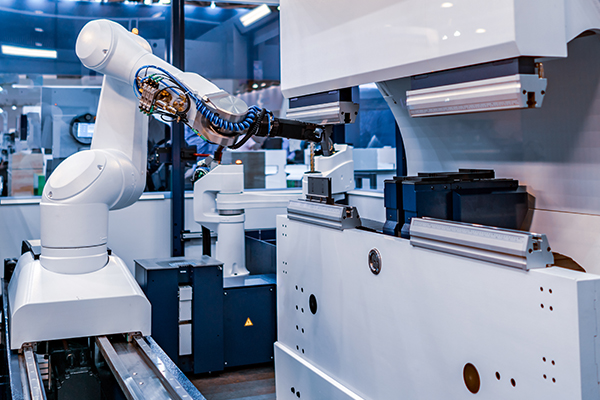Flow Control Valves: These components manage the rate of fluid passage within a system. Their primary function resides in deliberately introducing a controlled resistance to the fluid stream. By modulating the cross-sectional area available for flow at a specific point, they enable precise regulation of movement speed or volumetric throughput downstream. The operational principle involves creating a variable restriction, calibrated to achieve a desired flow characteristic against prevailing pressure differentials and system demands. Selection considers inherent fluid properties and the required precision of modulation across operational conditions.
Check Valves: These devices enforce unidirectional fluid movement. Their fundamental purpose is to permit flow freely in the designated forward direction while automatically preventing any reversal. This function is achieved through internal mechanisms designed to respond passively to the fluid's own pressure and direction. When forward flow pressure is present, the internal element shifts to an open state offering minimal resistance. Should flow attempt to reverse or cease, the internal element uses system forces (like backpressure, gravity, or spring action) to swiftly reseal, blocking the passage entirely. This autonomous operation is critical for protecting system components and maintaining intended flow paths without external intervention.


